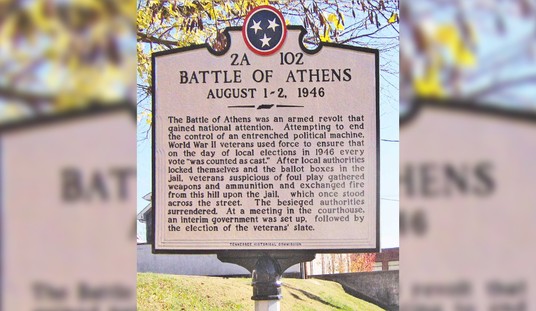When I reviewed Chris Anderson’s The Long Tail for Tech Central Station in 2005, I picked a musical genre with an enormous catalog but less than blockbuster front-end sales as an example to demonstrate how the Internet is changing retailing:
Back in October of last year, Chris Anderson of Wired magazine created a powerful meme — the concept of “The long tail”. His article discussed how e-tailers such as Amazon and Netflix are changing how we think about inventories of books, DVDs and CDs; and how pop culture is transformed by making available not only obscure titles that would otherwise consume valuable space in a physical store, but also all of an artist’s back catalog.
For example, your local Borders is likely to have, say, Miles Davis’ Kind of Blue, Porgy and Bess, and a few of his other titles available on CD. Amazon has virtually every CD that he’s played on that’s currently in print (or available used) as well as almost every disc released by his myriad sidemen. (And if some of their albums aren’t available on CD, they’re likely to pop up in LP form on eBay from time to time.)
La Shawn Barber writes that even more than jazz, classical music is benefitting from this development:
You may not find a wide selection of classical music at the local Tower Records (do they still operate brick-and-mortar stores?), but in the digital world, the pickings are plentiful, as are online discussions about classical music. The Internet fuels the long tail of retail, which in turn favors niche industries and products, independent artists (filmmakers, musicians), classical music labels, etc…And anyone using a computer has immediate access to at least 30-second samples of music in that thousand-year back catalogue.
The forces driving the long tail are the










Join the conversation as a VIP Member